Electric bicycle buying guide: Everything you need to know about ebikes, from motors to batteries
Wondering about the future of transportation? Well, these may just be the answer
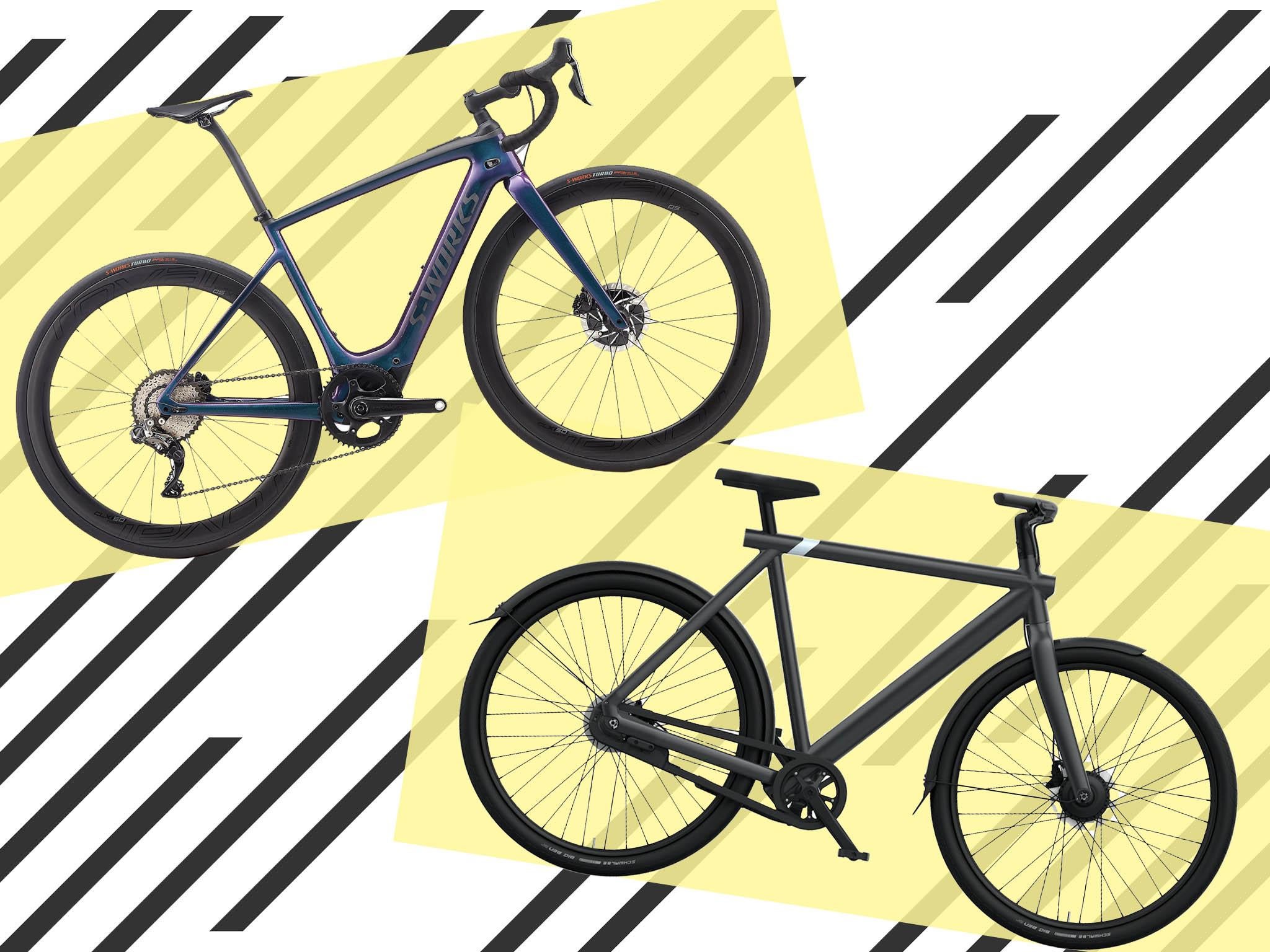
Your support helps us to tell the story
From reproductive rights to climate change to Big Tech, The Independent is on the ground when the story is developing. Whether it's investigating the financials of Elon Musk's pro-Trump PAC or producing our latest documentary, 'The A Word', which shines a light on the American women fighting for reproductive rights, we know how important it is to parse out the facts from the messaging.
At such a critical moment in US history, we need reporters on the ground. Your donation allows us to keep sending journalists to speak to both sides of the story.
The Independent is trusted by Americans across the entire political spectrum. And unlike many other quality news outlets, we choose not to lock Americans out of our reporting and analysis with paywalls. We believe quality journalism should be available to everyone, paid for by those who can afford it.
Your support makes all the difference.Ebikes are, in short, normal bikes with the addition of an electric motor that helps you get around. But it has been suggested that they could be the future of transportation, alongside other kit like electronic scooters, especially in a post-lockdown world.
Electric models are usually very similar in appearance to a normal bike, and are used in the same way, with pedals that allow them to function when they are turned off.
But the key element is the motor, which is usually integrated into the frame or mounted out of sight on another part of the bike. Generally, these bikes will be able to tell when you are turning your pedals and power up the motor to give you a boost – allowing for a little extra power.
It’s also important to note that an ebike is definitively not the same as an electric motorcycle, despite the similarities. The key difference is that an electric bike is still largely moved around by pedal power, which also means that they are regulated like bikes rather than motorcycles.
In our guide to electric bikes, we've covered everything you need to know, from how much to spend to what features to consider.
You can trust our independent reviews. We may earn commission from some of the retailers, but we never allow this to influence selections, which are formed from real-world testing and expert advice. This revenue helps us to fund journalism across The Independent.
Why would I want an ebike?
The most common reason for investing in an ebike is for getting to work, and they are likely to become an even more popular as the world emerges from lockdown and people look for new ways to commute.
Ebikes have a variety of advantages for those who are looking to cycle to work or around their cities: with the extra motor boost, you can go further and get there without feeling as sweaty or tired.
But they are increasingly being used by leisure or training cyclists too. Ebikes have picked up an entirely undeserved reputation for being indulged in by cheaters or lazy riders, but people are starting to realise that they can be of interest to very good cyclists, who might otherwise be spending lots of money on more traditional bikes.
Expert cycling brand Specialized, for instance, offers a road bike called the Creo under its premium S-Works brand. While ebike prices tend to start from £1,000, this one costs £10,999, is made of the most advanced carbon fibre, and comes with absolutely top-level components.
It is a serious bike, just one that happens to include an electric motor. Its electric mountain bikes are even more pricey, with one offered at £12,449.
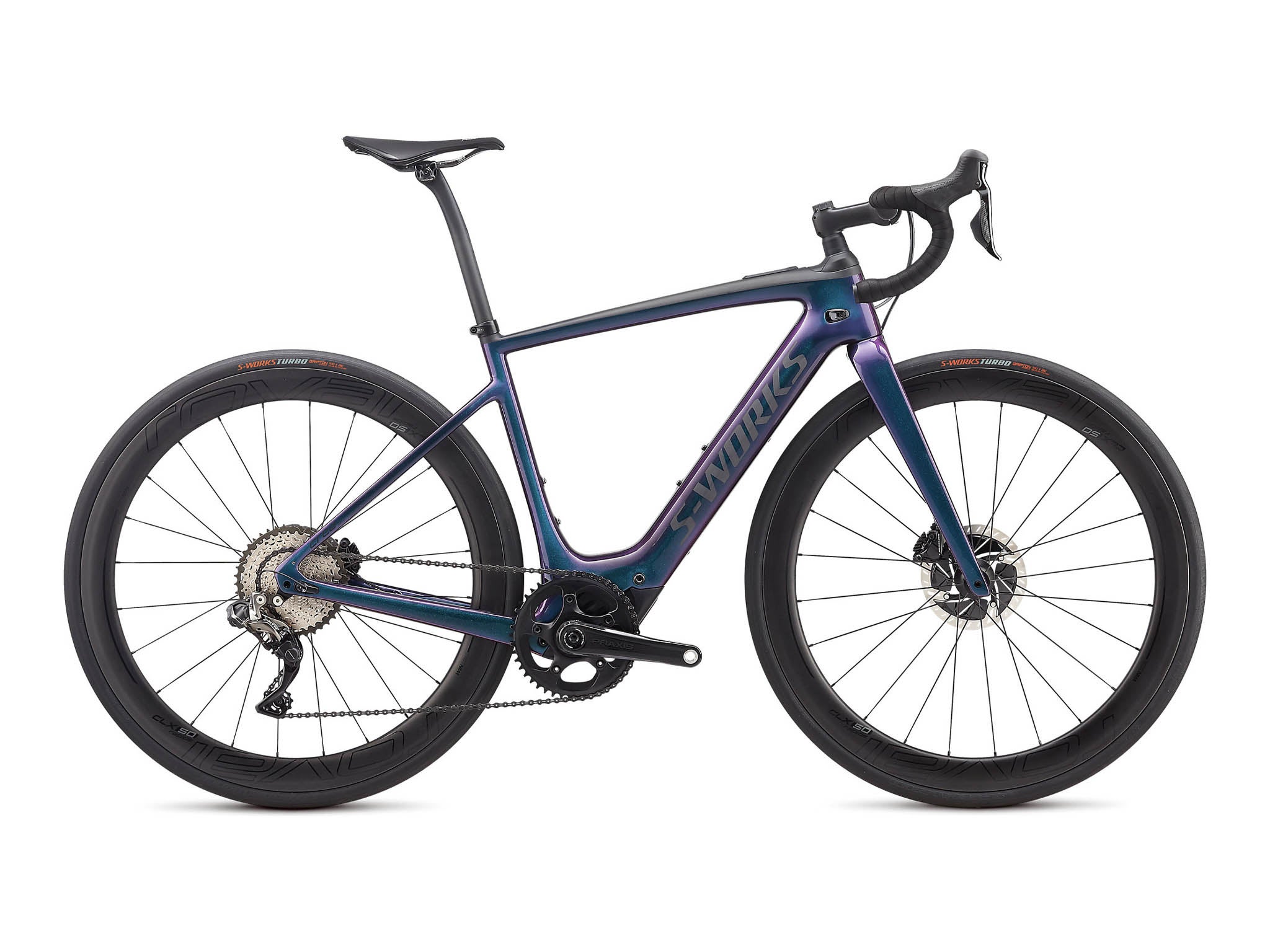
Such bikes are not targeting those who want just a little boost, either in their rides or (as the ebike doubters might have it) their unearned self-esteem. Instead, they are focused on people who are serious about cycling but need a little help along.
“Maybe they’re coming back to the sport, and want to go on club runs,” says Jack Noy, UK marketing manager at Canyon, which makes electric versions of many of its bikes that are otherwise indistinguishable from their non-electric counterparts. “It gives you a boost up the hills, but saves you from being dropped off the back.”
Not many people are likely to push the 25kmh maximum speed while going up hills, he notes, so you’ll probably beat people up climbs even with the added weight of the motor and battery. And you can speed down the descents, too, with drop bars that let you take on downhills in the same way as a traditional road bike.
“Road cycling is hard work; it’s about being quite fit, and that’s a huge part of the sport,” he says. “But there are other amazing bits: brilliant views, really scenic roads, beautiful descents. That sensation is fantastic.”
An ebike allows anyone who needs help with the fitness aspect of cycling to enjoy all the pleasure that comes with the sport.
Likewise, mountain bikers are increasingly using electric bikes to allow them to practise technical skills without using up all their energy and wiping themselves out. Previously, doing tricky descents to improve your handling skills might also have meant a tiring slog to the top of a hill – now, with an electric motor, a cyclist can be carried to the top and still have the energy to get back down again.
Of course, none of this means that you won’t be putting in any effort – indeed, various manufacturers now allow their ebikes to be finely tuned so that the motor will only help you as much as you want it to. It won’t get rid of the work, unless you want it to, but it could be enough to help you up a particularly dastardly hill or keep you up with the partner who would otherwise shoot off without you.
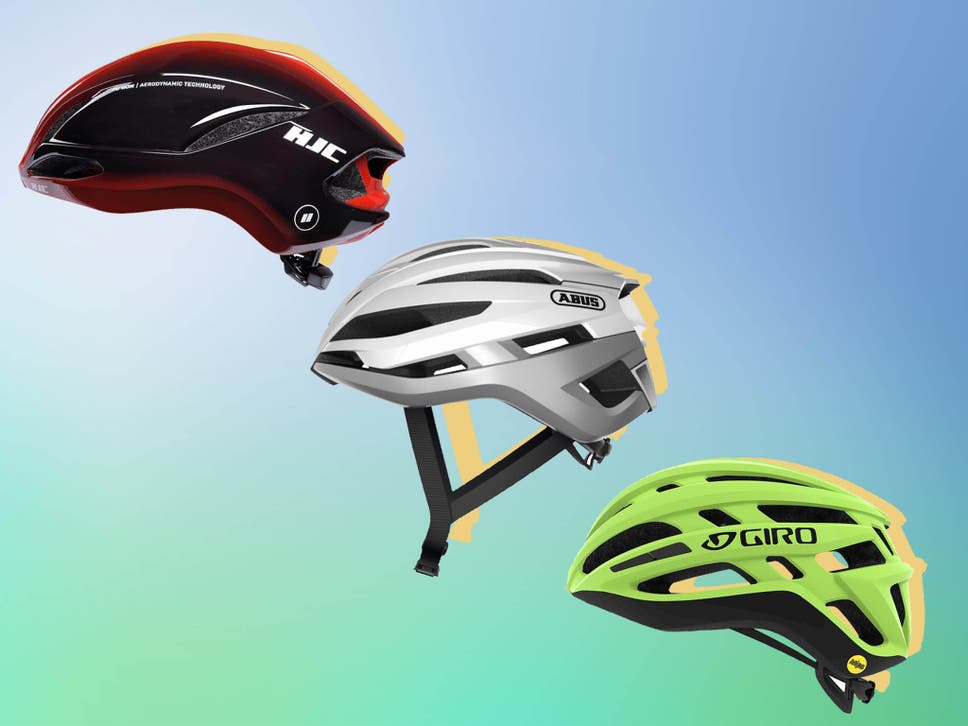
How much do I need to spend?
There's no getting around the fact that ebikes are more expensive than their traditional counterparts: while you might expect to spend a few hundred pounds to get a decent normal bike, reliable ebikes generally tend to start £1,000.
You might find bikes beneath that £1,000 mark, but it is generally not worth skimping on something you need to be so reliable and safe. So it is worth budgeting for £1,000 – though even some of the cheaper ebikes can be between £2,000 and £3,000.
Generally speaking, spending more improves both the bike and the motor. Just as with a traditional bike, more expensive ebikes are likely to have more efficient components, lighter bodies and more reliable builds, allowing you to go faster and have better handling. But you’ll also benefit from a more efficient motor and potentially a bigger battery, which will allow you to keep going for longer, too.
What are the rules on ebikes?
Ebikes are regulated a slightly more than regular models. But not drastically so: you don’t need a licence to have one, and you don’t need to pay road tax or go through any of the more burdensome paper work that comes with something like a car.
The real restrictions are added by manufacturers. In the UK, ebikes can only go up to 15.5mph – at that point, the motor cuts out, though you can obviously go faster than that using leg power, should you so wish. In other parts of the world, the maximum speed may differ.
How far and how fast can I go?
The fastest an ebike can go in the UK is 15.5mph, but that isn't the only thing to consider when it comes to speed.
The ways in which ebike motors operate tends to vary: some will softly ease you along when you start pedalling, while others will give you a blast that rockets you up to speed. Many include the ability to choose which of those experiences you'd like, though not all.
This is one of the key things to research while looking for an ebike, and one of the many reasons that it can be good to try before you buy.
The second big concern is range anxiety: how far can you go before the bike’s battery dies? All good companies will give a rough guide for how long their bikes are likely to last, but it will depend on so many factors – how fast you are going, how hilly the terrain is, and so on – that it isn’t the best guide to really understand how far you’re going to get.
In practise, it’s worth checking with a company that the bike will do what you absolutely need it to, such as the distance of your commute. And from there, it’s more valuable to compare bikes with each other rather than relying too much on their stated range.
Many companies have introduced new technology to deal with this issue, too. Specialized, for instance, has an app that allows the motor to be restricted in various ways – either to meet a specific range, duration, or even a heart rate – and the battery will do what it can to meet that aim.
The question of how far is also a question of how easy the battery is to charge. Some ebikes have batteries that can drop out, which makes them easy to carry to your desk and charge while you’re at work.
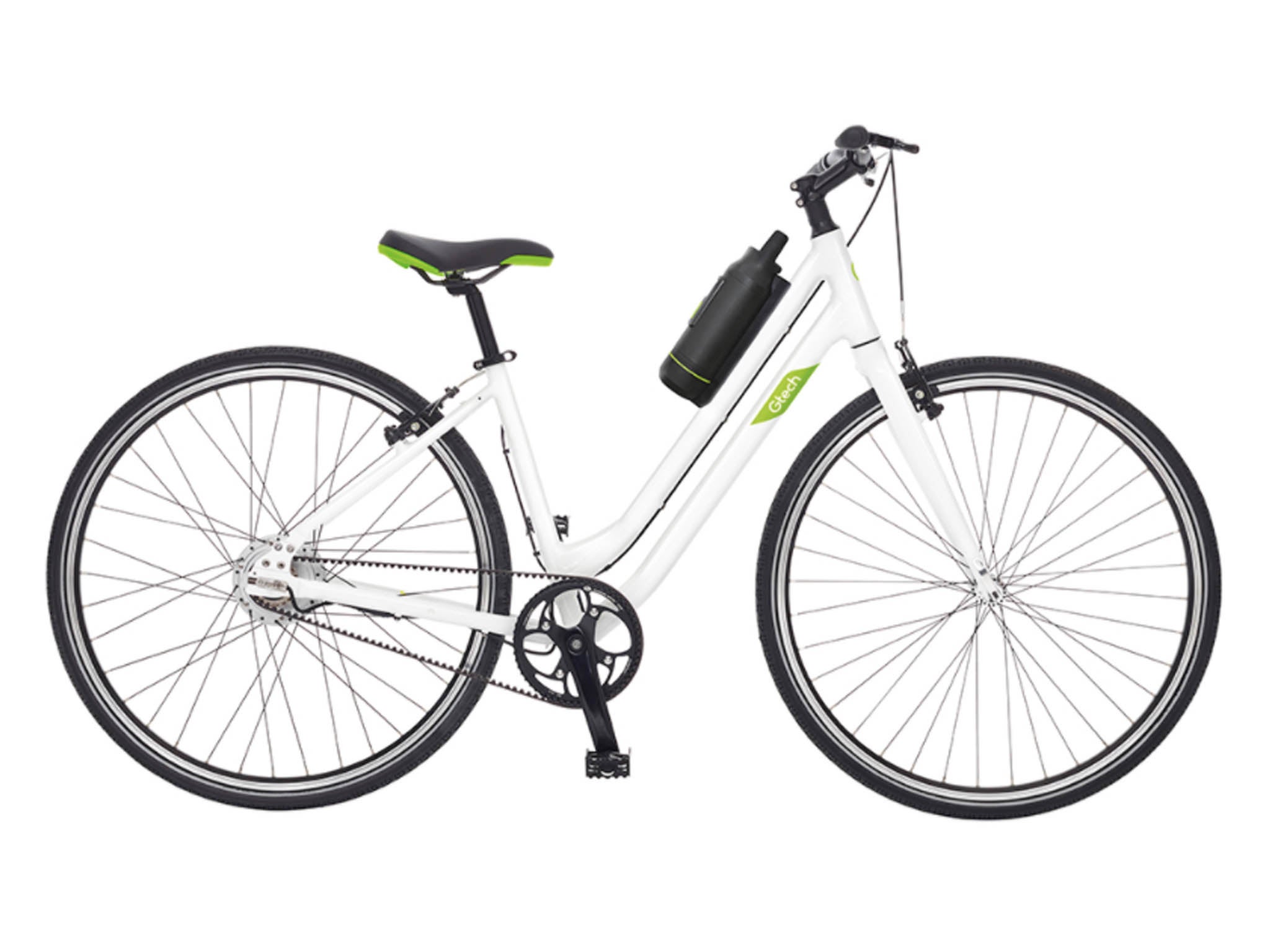
What do ebikes do beyond having motors?
The extra boost you get when cycling along is the defining aspect of ebikes, and there are many that do that very simply. Gtech’s ebike, for instance, could easily be mistaken for a more traditional cycle, right down to the battery that is disguised as a water bottle.
But numerous companies have used the additional technology in an ebike to add extra features, too. As such, some ebikes are now technological gadgets as much as they are tools for getting around.
Companies like Van Moof, for instance, promise that their bikes are protected against theft, can be hunted down if they are, include integrated lights and electronic gears that automatically change. They almost share as many features with iPhones as they do a traditional racing bike.
Other companies have also used the tech to offer improved performance when cycling. As well as tailoring your ebike's motor to suit your needs, Specialized's app also tracks how long the bike has been ridden, alerting its rider to when it might need a service.
Which ebike should I choose?
The simplest way to answer the question is the same way that anyone would pick any kind of bike: what are you going to use it for?
If you're going to be riding on mostly flat and paved roads, aim for a road bike, but those exploring trails and hills would be better suited to a mountain bike. If you're a city dweller hoping to use an ebike on travel to work, choose a hybrid or commuter bike.
There are other things to consider too, as ebikes to add some complicating factors.
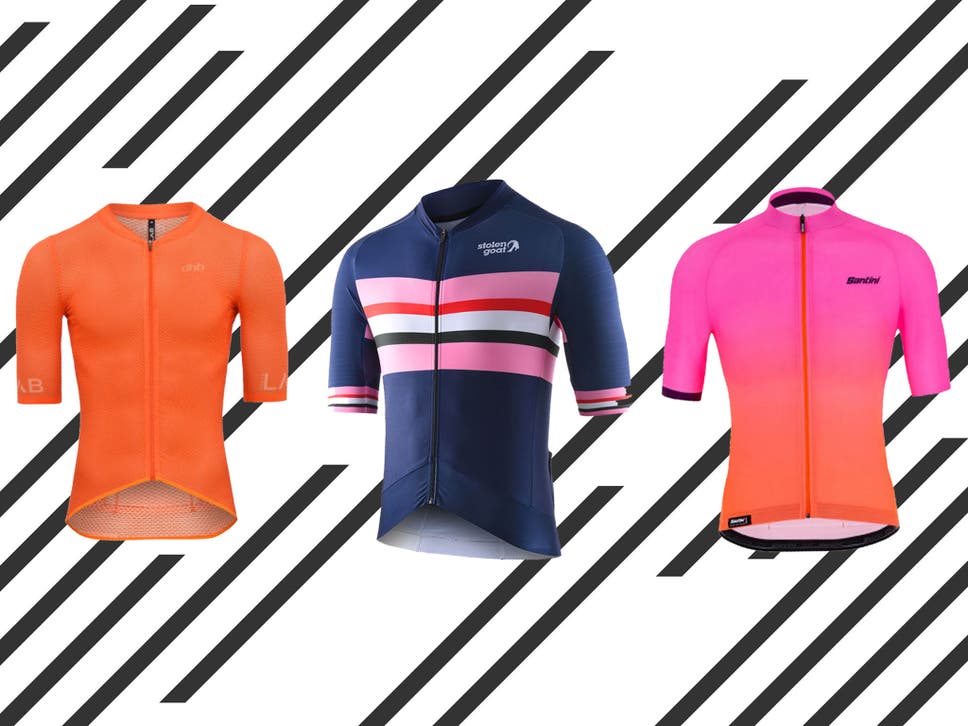
Most ebikes tend to be heavy, because of the extra machinery packed inside. As such, it might be worth choosing a slightly lighter ebike – or a traditional bike – if you are going to be forced to haul it upstairs for storage or while commuting.
On the flip side, any extra weight can be carried along by the motor – unlike with a traditional bike, having a heavier ebike doesn't necessarily mean you will have to work harder. That means that you don’t need to worry quite so much about the impact on efficiency while riding.
The same applies to other changes that might normally drag down your speed, like knobblier tires, though it’s worth remembering that you’ll use up battery carrying any extra weight.
What other features do I need to consider before buying?
All of the traditional questions about sizes, components, comfort and gears apply to ebikes just as they do for non-electric ones. Beyond their electric motor, many ebikes are just the same as their cousins, and so it’s important to make the same considerations.
When it comes to frame size, just as with traditional bikes, you can check a manufacturers website for detailed information on how to measure yourself and decide which size will fit you best. Likewise, an ebike still requires you to make the same decisions about accessories, including everything from saddles to tyres.
The electric bike market usually offers less choice than the traditional bike market, in part because it is smaller. So you might not need to fret so much about the smaller details, as you may not be able to adapt the bike as much.
In some cases – particularly among the newer, cooler, more tech-focused ebike companies – this is a conscious choice, as the minimalist approach ensures that people don’t have to go through the rigmarole of measuring themselves and deciding what kind of gears they’d like.
The chic Belgian ebike company, Cowboy, for instance, doesn’t even offer different sizes.
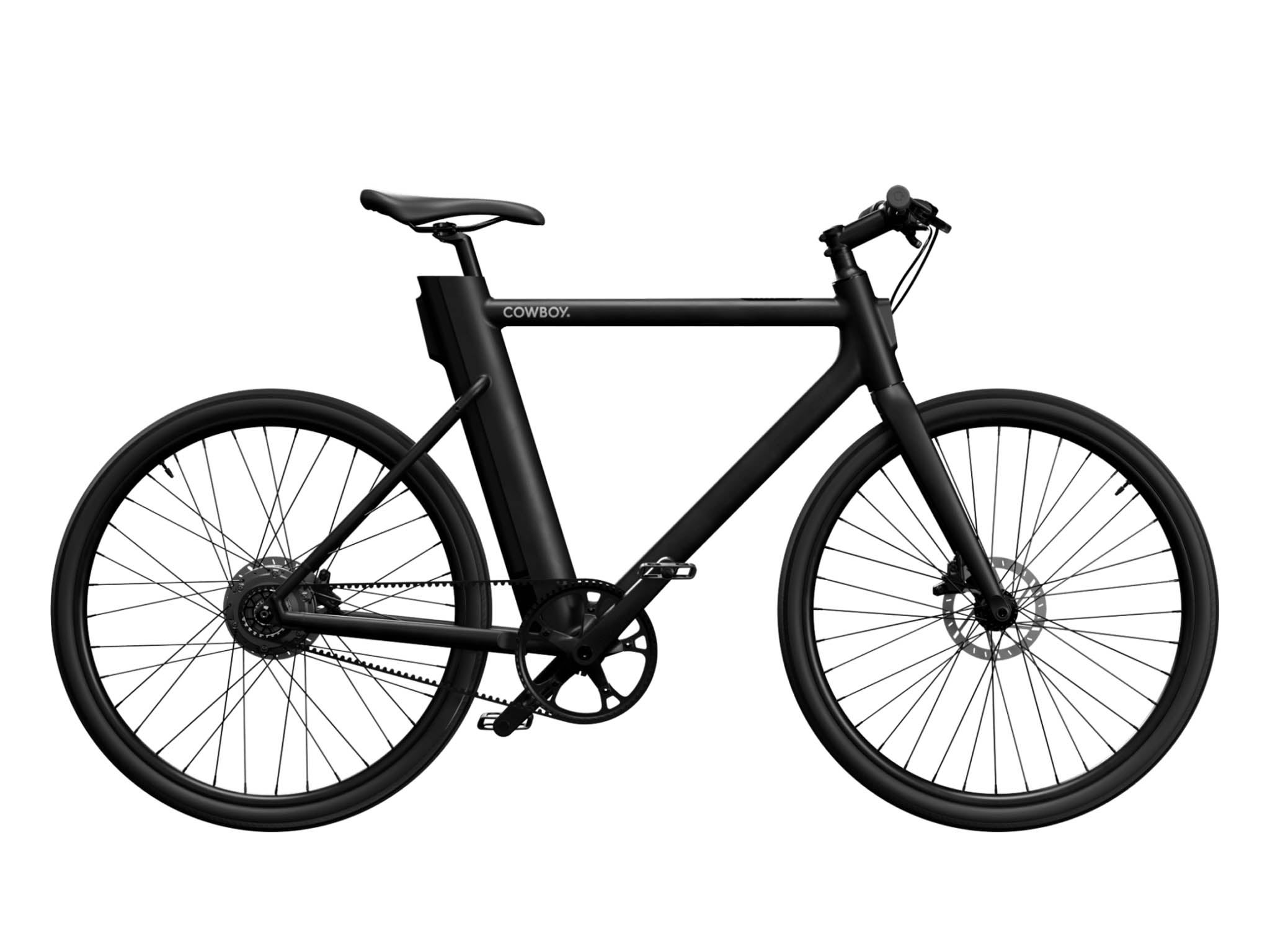
In other cases, the lack of choice is simply because ebikes are higher spec, and therefore parts are more expensive. Manufacturers tend to use parts from their higher-end bikes, so the option of cheaper components, such as gears, might not be available.
Many of the more traditional bike companies only offer their road ebikes with disc brakes, for instance, so there’s no choice to be made.
After you’ve bought your bike, all of the same warnings about keeping it in good shape apply, too. Make sure your bike is clean, and that the components are all lubricated and adjusted as they should be.
You might be able to get away with a little less performance on an ebike in a way that you wouldn’t when you’re doing the work yourself, since the motor will pick up any power lost to rusty chains or mucky parts, but it’s still worth keeping everything ship-shape, since it will extend the life of both your battery and your bike.
You will also have to bear in mind the extra mechanics that are at work in any ebike. Make sure you charge your battery according to the manufacturer’s specifications, and keep an eye out for any drop in performance that might indicate that there's something wrong with the motor.
Where can I buy an ebike from?
Just about every traditional bike firm now offers its own ebikes, but there are also a whole host of different companies that present themselves more like technology firms and focus on features like easy use and extra tools such as the ability to lock bikes from afar or track them if they are stolen.
Many of those more technological companies – like the aforementioned Van Moof and Cowboy – tend to prefer to sell their bikes directly, and so their shops or websites are the best places to try, if you’re looking for something at that end of the spectrum.
At the more traditional end of the market, companies do of course do direct sales, too: you can buy everything from a swish commuting electric Brompton to a fast Canyon online through their own websites. But it is also worth picking through the other third party retailers – such as Wiggle or Halfords – where ebikes are stocked alongside traditional ones.
If you end up going for a traditional bike, you can find our guide to buying one here. For more information, you can find our guide to getting into cycling here